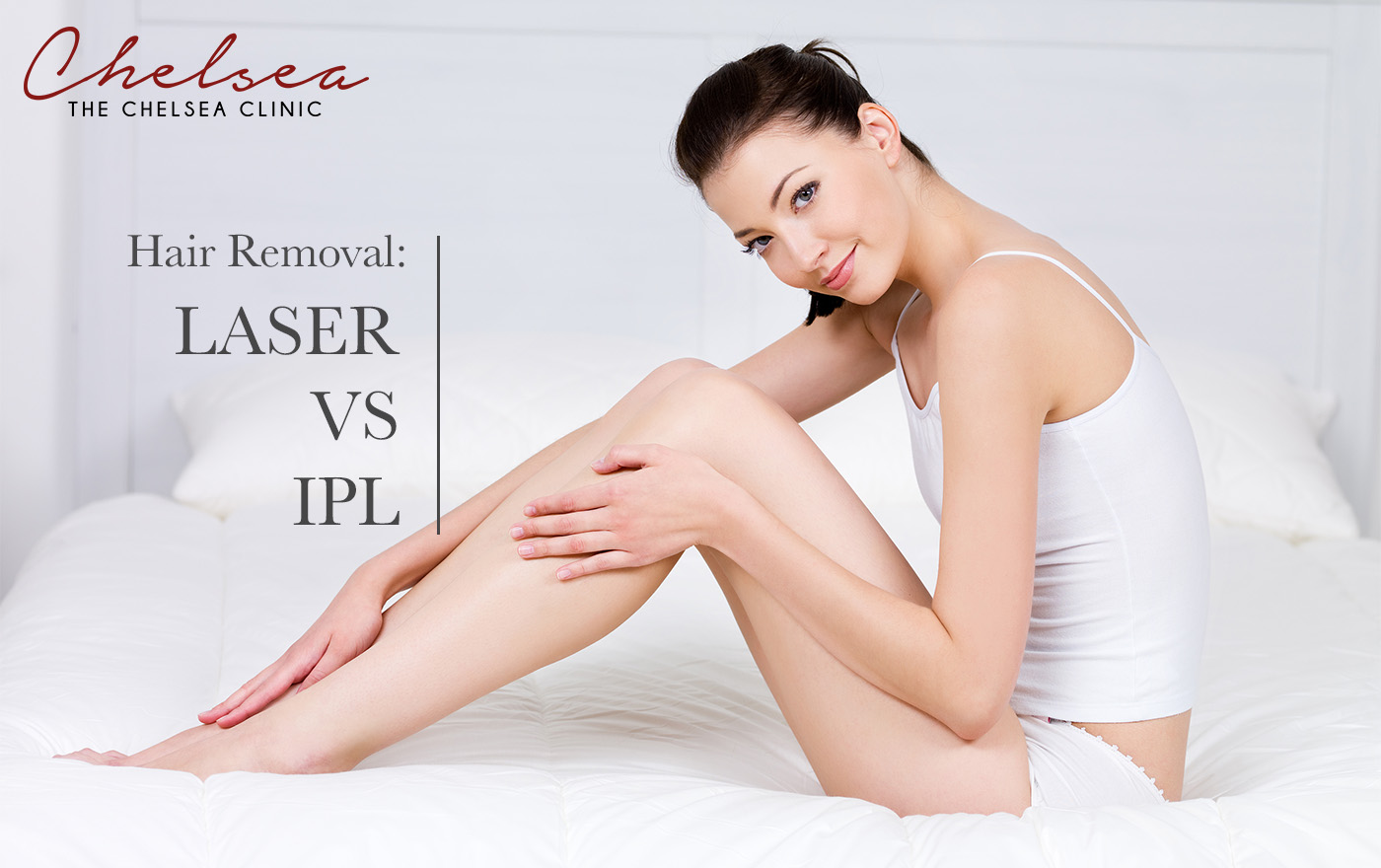With the dawn of sophisticated non-invasive face lift methods, here’s what you should know about Ultherapy, a procedure that employs ultrasound to lift the skin and facial features. According to the British Association of Aesthetic Plastic Surgeons (BAAPS), the number of female facelifts has decreased by 44% in recent years, while non-surgical alternatives have advanced. Today, there are many Ultherapy review and Ultherapy before and after experiences available online to be further examined. Technologies that use regenerative lasers, ultrasound, and radiofrequency energy to either induce a boost of collagen synthesis or stimulate facial muscles to lift the features are among the other options for non-surgical procedures. Ultherapy is a popular procedure that is both safe and effective and has been described as the new gold standard for non-surgical skin tightening and lifting. If you’re considering skin rejuvenation, explore the transformative possibilities of Ultherapy Singapore.
What is Ultherapy?
Ultherapy is a minimally invasive process that lifts and tightens the skin of your face, neck, and décolletage. Ultrasound energy stimulates your own natural collagen and elastin production, resulting in natural-looking outcomes. It can also be used to treat specific locations, such as the brow or jaw.
Aside from the Skin, is It Effective on Muscle Layers Too?
Yes. Therapeutic ultrasound devices harness the power of ultrasound waves to offer significant collagen-boosting effects in both the skin and the superficial muscular aponeurotic system (SMAS) — the fibrous tissue layer that surrounds the facial muscles. This has the effect of raising the skin and muscle layers, therefore a good therapeutic ultrasound device like Ultherapy can tighten the skin while also lifting the facial features. Ultherapy is a non-invasive skin tightening and lifting treatment that uses micro-focused ultrasound and simultaneous high-resolution ultrasound visualisation (MFU-V), a sophisticated corrective and regenerative treatment that stimulates collagen creation.
Who is This Treatment Most Suitable For?
The procedure is ideal for people who have early skin sagging or laxity. A drooping brow, loose neck skin, sagging beneath the chin and jawline, and lines or wrinkles appearing on the chest are all examples. It’s ideal for early detection and intervention. Your Ultherapy specialist should slightly modify the standard energy distribution regime to tailor the treatment to individual needs.
How is Ultherapy Different from Other Skin-Tightening Treatments Like Laser or Radiofrequency?
Ultherapy differs from radiofrequency treatments in that it provides specific columns of higher warmth to the skin. As a result, clinical results are improved. While radiofrequency (and non-ablative, regenerative lasers) require a series of treatments, Ultherapy is a one-time procedure, a factor that many clients appreciate.
What does an Ultherapy Session Feel Like?
There may be some discomfort at first, but it will only last as long as the MFU-V energy is provided. Each person’s sensitivity to the heat will vary, and we will advise you on how to effectively manage the discomfort. There is usually no downtime, just some moderate puffiness for a few days and discomfort for a few weeks. There may be temporary bruising in a small number of patients with severely sun-damaged skin.
What is Visualization in Ultherapy and How does It Aid Discomfort?
Ultherapy is the only non-invasive skin laxity treatment using ultrasound imaging of dermal and subdermal tissues that has been approved by the FDA. During planning, our doctors use visualization to assess the structure of the skin and choose the appropriate transducer. During treatment, vision allows them to check the depth of energy delivery and guarantee proper device coupling and pressure, allowing them to avoid objects like bone and arteries. Ultherapy is distinguished from other nonsurgical therapies such as lasers and radio frequency by this very modality that allows one to see and treat the right areas needed.
When Can We See Results?
You can expect to witness the best results after about three to six months. It is recommended to repeat the treatment after two years in order to maintain the results.
Are There Any Risks Involved With Ultherapy?
Ultrasound skin tightening has been proven safe and effective in over half a million treatments worldwide and counting. It’s important to note while Ultherapy is an FDA-approved procedure, there have been cases of fat atrophy from doctors who do not carry out the methods correctly with the device. If you are feeling extreme discomfort, do ask if the intensity can be turned down. It is always important to check the credentials of your doctor and their track record with your wanted procedure, so as to avoid any health risk.
How can I Find the Right Clinic for Me?
Always do thorough research to vet your local clinics on their customer reviews, and in this case their ultherapy reviews. Along the way, you can also find out more about the clinic such as their ambiance and customer service, which is always an important factor for feeling comfortable. Ensure their expertise by examining their experience. Reviewing past work provides insight into their aesthetic and the quality of results achieved. Most importantly, you should make sure that you are trusting a cosmetic specialist that is board-certified with the right credentials for the procedure you want.




